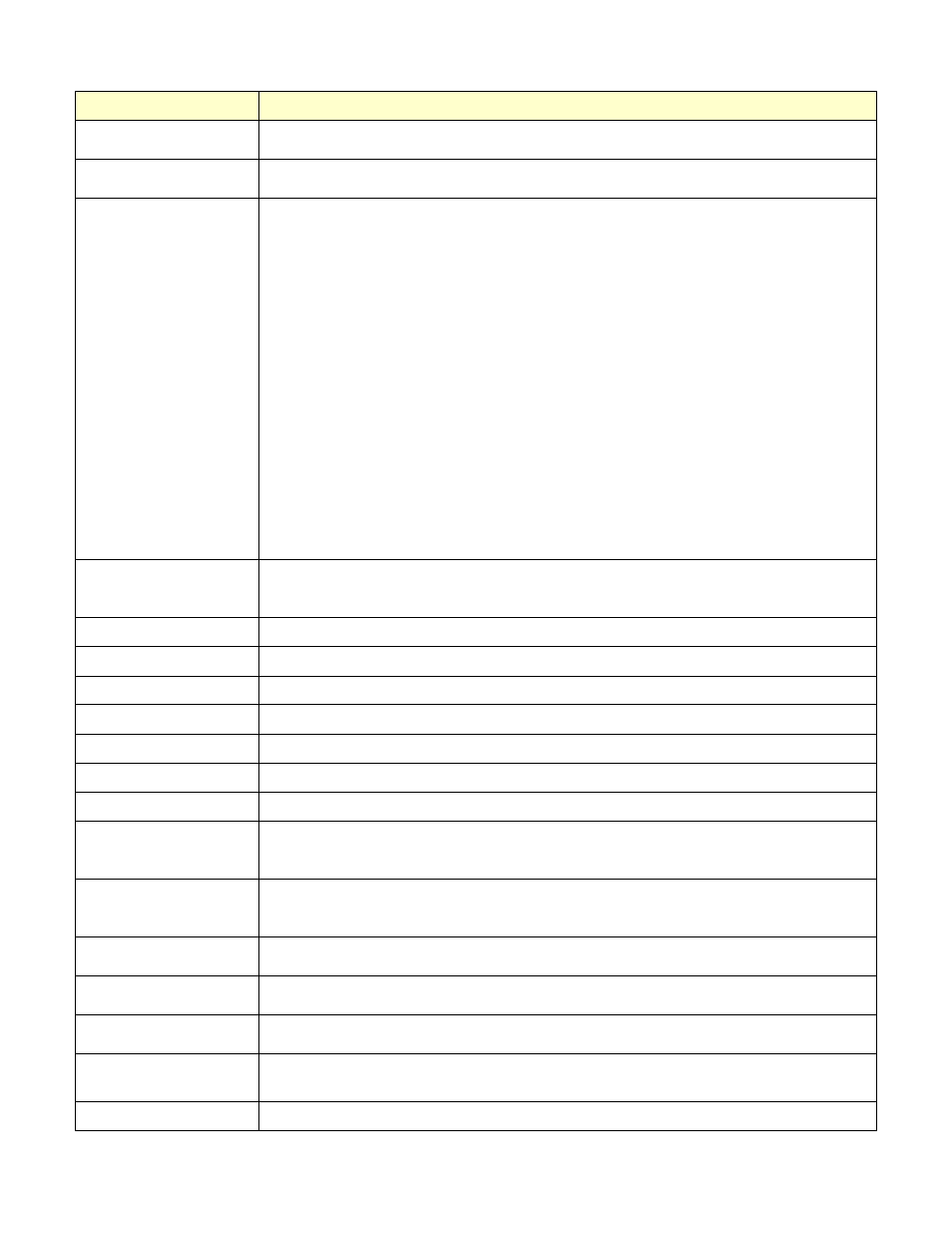Retrotec DM-2 User Manual
Page 71

Page 71 of 72
©Retrotec Inc. 2012
Term
Definition
through a common hallway then the enclosure would be the volume that bounds all of the
apartments or offices.
Envelope
The surfaces composed of floor and walls and floors that separate the test volume from
volume surrounding the test volume. Also see” enclosure”
Equivalent Leakage Area
(ELA or EqLA)
In layman’s terms, the ELA is the size of hole we’d have if all the building’s cracks and holes
could somehow be brought together. Also called: Whole Room Leakage and includes leaks
through the ceiling and below the ceiling (BCLA). In CA2001 we measure this in units of sq ft.
or m
2
. at a reference pressure in Pascals (Pa).
In Engineer’s terms: the equivalent size of hole required in a flat plate to give the same flow
rate having a discharge coefficient of 0.61 and taken at the Reference Pressure.
This ELA is sometimes called the EqLA or Canadian ELA because it was first used in the
Canadian GSB air leakage standard for houses. This ELA enjoys worldwide acceptance by most
testers, even in the US.
This ELA should not be confused with another ELA that is often called the EfLA or Effective
Leakage Area. It is very unfortunate that both these ELA’s have the same acronym of ELA. The
EfLA was developed for the US ASTM Standard and is smaller than the EqLA by at least a factor
of 0.61 because it uses a discharge coefficient of 1.0. This EfLA is sometimes called the LBL or
Lawrence Berkley Labs ELA because it was developed there and is used in the LBL natural air
change model that enjoys wide usage- apart from that usage, the EfLA is not used very much
but the existence of both can create huge problems.
When it is taken at a reference pressure of 75 Pa, it is often referred to as EqLA75. EqLA is
typically about twice the size of an effective leakage area that describes the same air flow rate.
See ASTM E779-10, eq. (5).
Fan Pressure
The pressure difference between inside the door fan and the surrounding air. This pressure
can be read as “PrB” from Channel B on the gauge. It is used by the computer to calculate
the air flow rate through the Door Fan.
Fan Top
Part on the fan where the fan’s tubing, Control Cable, and power connections are.
HVAC
Heating Ventilating and Air conditioning system.
Leakage
A general term used to describe holes or the area of holes in or around an enclosure.
Leakage Area
This is the same as “Leakage” but expressed in ft2 or m2.
micromanometer
A digital gauge that is capable of reading in tenths of a Pascal.
NFPA
National Fire Protection Association
outdoors
Outside the building in the area around the building.
Pascal (Pa)
A very small metric unit of pressure. There are 249 Pascals in 1 inch Water Column (the
pressure required to push water 1 inch up in a tube of a water filled manometer). One Pascal
= 0.000145 psi.
Pressurization
The process of creating a positive pressure in the house by blowing air into the enclosure. Air
is pushed out through all the leaks, causing the smoke to move away from the operator when
checked with an air current tester.
Range configuration
The Open Range, the Range Plate or Range Ring that is used on the fan during a Door Fan test.
See Retrotec’s Range Configuration QuickGuide
Range Plate
The Range attachment on the Retrotec Door, which holds Ranges C8, C6, C4, C3, C2, C1, L4, L2,
and L1. See Retrotec’s Range Configuration QuickGuide.
Range Ring
The plastic Range attachments on the Retrotec Door, which include Range A and Range B. See
Retrotec’s Range Configuration QuickGuide.
reading
A set of simultaneous Room Pressure and Fan Pressure readings. Sometimes referred to as a
data set or test point because it is plotted as one point on a graph.
reference pressure
The pressure at which the ELA is calculated, usually at the test pressure.
